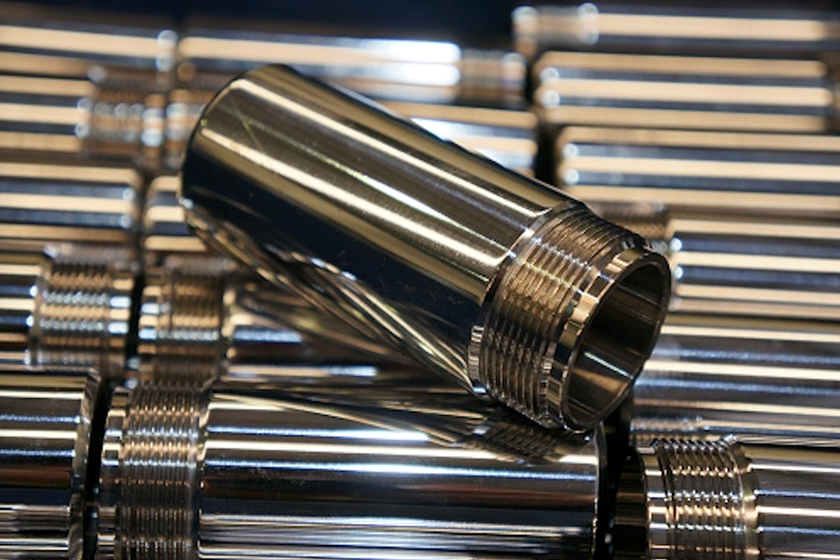Whitewash
Question: Recently, we had to perform a brightener conversion on our bright nickel process as the supplier discontinued one of the brightener components.
Question:
Recently, we had to perform a brightener conversion on our bright nickel process as the supplier discontinued one of the brightener components.
We were plating fine before the conversion. Right after the conversion (newbrightener was added on top of old brightener - no pump out) we started having major whitewash. We tried everything. What can you suggest to solve this problem? (Note: This e-mail contained much additional information about the problem but has been edited for the sake of brevity.) B. J.
Featured Content
Answer:
Whitewash is not an uncommon problem with decorative chromium plating. Unfortunately, there isn’t very much information about this phenomenon in the printed literature.
Whitewash can be caused by a number of different factors. The most common cause is an excess of brightener in the nickel-plating bath. You mentioned that that you recently did a brightener “conversion” on your nickel-plating solution. I would look here first. If the new brightener system is introduced on top of the old system, chemical incompatibilities can develop and cause problems. Are you monitoring the concentrations of your brightener system? You may have concentrations that are too high. If you are using an automated plating system and your parts pass through a number of nickel-plating stations, you might try increasing the current density in the last station. This will tend to reduce the brightener concentration on the surface.
Another cause of whitewash can be the time between the nickel and chromium-plating steps. The concern here is that the nickel surface will passivate. To prevent this, you need the shortest possible time between the nickel-plating step and entry into the chromium-plating step. You might want to consider using a nickel activation step prior to chromium plating. One such step is to cathodically activate using a cyanide containing solution. Another successful approach is to cathodically clean in a 10–15% sulfuric acid solution. The time for this step should be short. Rapid rinsing is required after either one of these steps prior to entering the chromium-plating tank. Proprietary nickel activators are available from many vendors. They are listed in the Products Finishing Directory & Technology Guide, 2003 edition, under Nickel Activators (page 390). You can also find vendors listed at www.pfonline.com/suppliers.html.
There are other causes of whitewash: straycurrents in the plating bath, temperature fluctuation in the plating tank, excessive ripple voltage, out-of-control plating bath chemistry and bad electrical connections.
RELATED CONTENT
-
Choosing and Troubleshooting Copper Electroplating Processes
Learn more on this inexpensive and highly efficient process.
-
Smut and Desmutting
Question: I am new to this industry and have heard about smut and desmutting operations.
-
Zinc Electroplating
Choosing the best process for your operation.



















